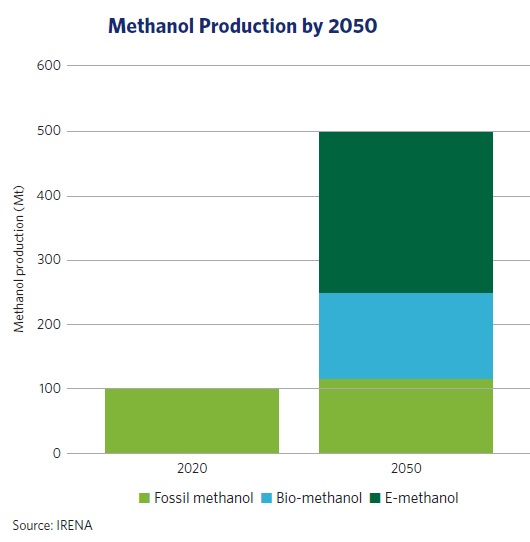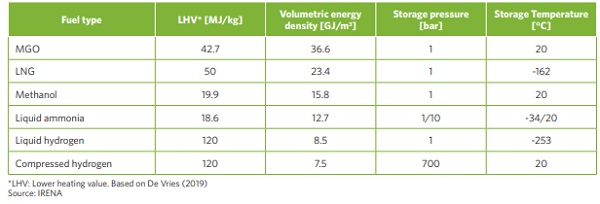MI explores methanol as a marine fuel
The Methanol Institute (MI) has published a guide to methanol as a marine fuel which includes an analysis of technical, commercial and operational aspects to support decision-making on future fuel choices.
Sections of the report address regulatory drivers, environmental performance, engines and fuel systems, bunkering, handling and safety characteristics, costs and pricing, availability and feedstocks for conventional and renewable product.
According to MI, the orderbook for methanol fueled ships has grown rapidly with owners and operators specifying the fuel for use on ships from the largest containerships to small pilot boats.
Propulsion systems include tried and tested two-stroke main engines, four stroke units, and fuel cells using methanol for conversion to hydrogen. MI also highlighted that Main engine manufacturers report considerable order backlogs and are developing ever larger, higher capacity units.
"While there won’t be a single decarbonization solution, it is clear that methanol has advantages that combine to provide a pathway to lower carbon and ultimately carbon-neutral operations", said Greg Dolan, MI Chief Executive Officer
The competitive advantages of marine methanol as presented in the report:
Availability
Methanol is already widely available and easy to source. Methanol production capacity is expected to expand fivefold by 2050, reaching 500 million tons, 80 percent of which will be carbon neutral e-methanol and bio-methanol.

Emissions
Ship operators who still rely on traditional shipping fuels, such as HFO and MGO, can dramatically lower pollutant emissions by switching to methanol. Marine methanol produces 99 percent less SOX, 95 percent less PM, and up to 80 percent less NOX than MGO. CO2 , emissions from methanol vary depending on the source.
At one end the spectrum, methanol produced from natural gas has higher average carbon emissions than HFO and MGO on a well-to-wake basis. At the other end of the spectrum, e-methanol and bio-methanol produce only a fraction of the emissions of dominant shipping fuels. Additionally, unlike other fuels, there are no methane slip concerns with marine e-methanol and bio-methanol.

Ease of handling
Unlike fuels that require cryogenic equipment, methanol remains liquid at ambient temperature and pressure. Thanks to this, it can be transported, stored and bunkered with existing infrastructure after relatively simple modifications. This translates into significantly lower infrastructure costs. Methanol is routinely shipped all over the world, and safety guidelines are well developed, understood and codified in regulations.

Toxicity
Methanol is fully miscible in water and biodegradable. Thanks to this, a methanol spill at sea would have minimal and temporary effects on marine life. This stands in contrast to all other fuels, which are highly toxic to marine life.
Cost effectiveness
Low and carbon neutral methanol is consistently regarded as the most cost effective marine fuel on a total cost of ownership basis. However, low carbon fuels are likely to remain more expensive than fossil fuels, this suggests that the widespread adoption of low-carbon marine fuels requires policy interventions such as a price on carbon.

"The decision by more and more leading shipping companies to adopt methanol as fuel signals that the industry recognises the need to start its transition to net carbon neutrality now", said said Chris Chatterton, MI Chief Operating Officer
Source: Safety4sea
| Read Here | |
 |
|



































